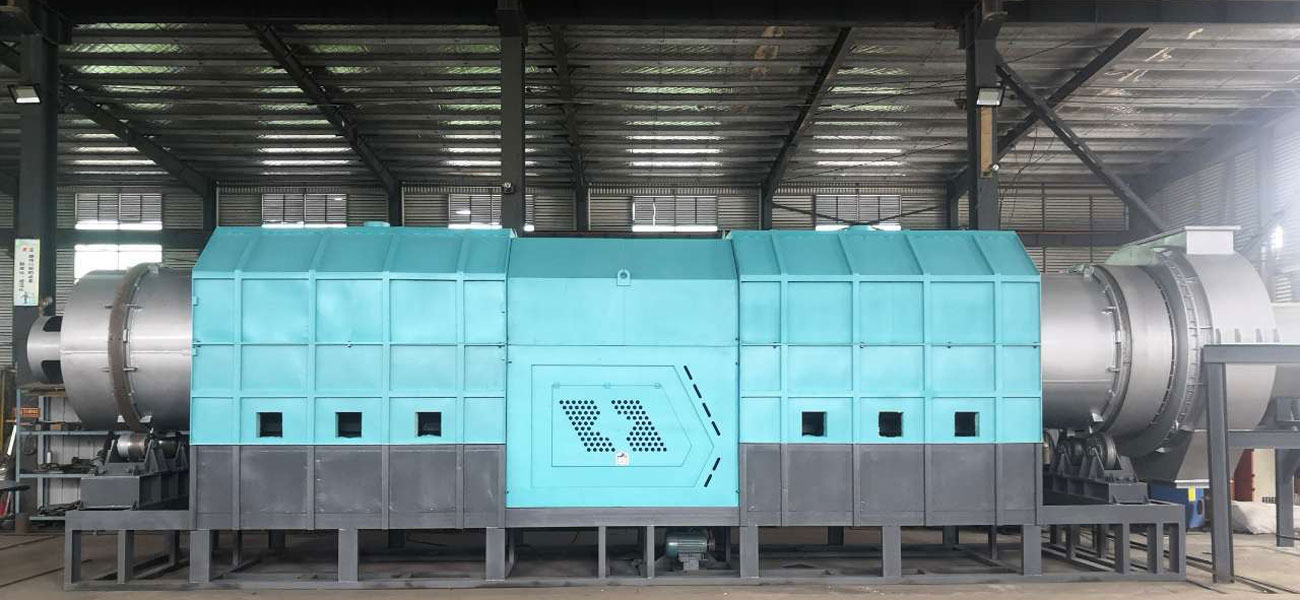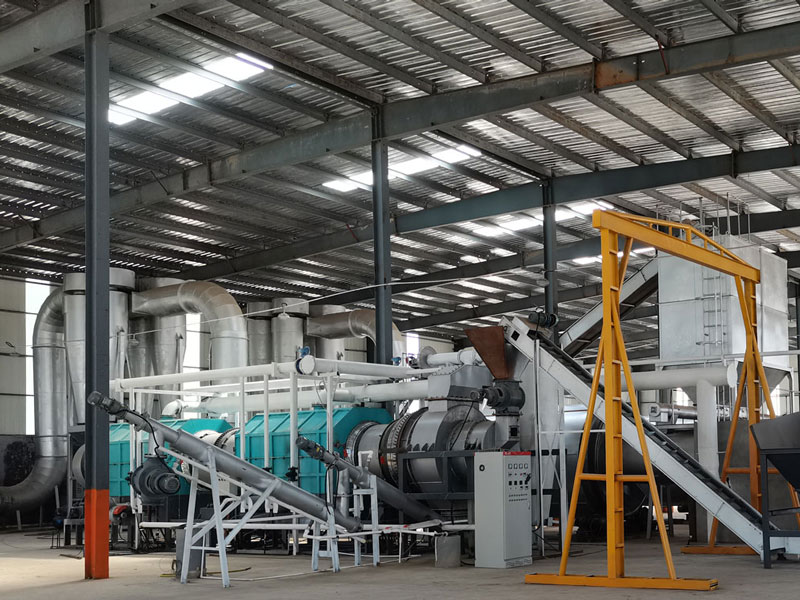Is the Biomass Carbonization Solution Environmentally Friendly and Safe?
In the relentless pursuit of sustainable solutions, the carbonization process has emerged as a compelling avenue, promising both environmental friendliness and safety in its operational paradigms. This intricate dance of technology and ecology has captured the imagination of innovators and environmentalists alike.
Biomass Carbonization Machine: A Technological Marvel
At the epicenter of this eco-revolution lies the biomass carbonization machine, a technological marvel that catalyzes the transformation of organic materials into a carbon-rich residue. This intricate apparatus operates on the principles of pyrolysis, a process where materials are subjected to high temperatures in the absence of oxygen. The resultant biochar, a stable form of carbon, holds immense potential in mitigating environmental degradation.
Environmental Impact: Navigating the Green Labyrinth
The cornerstone of the environmental friendliness of the carbonization process lies in its ability to convert organic waste into a valuable resource. As this ingenious machinery works its alchemical wonders, it not only diverts organic matter from landfills but also curtails the release of harmful greenhouse gases. The carbonization process acts as a guardian of the atmosphere, mitigating the carbon footprint and ushering in a greener era.
In the realm of sustainable agriculture, the biochar produced through carbonization proves to be a potent ally. Its incorporation into soil not only enhances fertility but also sequesters carbon, contributing to the overarching goal of carbon neutrality. This dual functionality transforms the carbonization process into a virtuous circle of waste reduction and soil enrichment.
Ensuring Safety Amidst the Flames
In the pursuit of environmental salvation, the safety of the carbonization process is non-negotiable. The high temperatures required for pyrolysis pose inherent risks, demanding stringent safety protocols. Modern biomass pyrolysis plant, however, are equipped with cutting-edge safety features, orchestrating a symphony of technology and caution.
The risk of fire, an ever-present specter in processes involving heat and combustible materials, is meticulously mitigated through automated control systems and fail-safe mechanisms. Temperature monitoring, an essential component of these safety measures, ensures that the inferno within the carbonization machine remains a controlled blaze, devoid of hazardous repercussions.
Guardianship Against Environmental Hazards
While the carbonization process of charcoal making machine navigates the fine line between ecological transformation and safety concerns, it stands as a guardian against several environmental hazards. Landfills, notorious breeding grounds of pollution, witness a diminished influx of organic waste as the carbonization machine diverts these materials toward a more sustainable fate.
Furthermore, the avoidance of open-air burning, a traditional but environmentally deleterious method of waste disposal, is a commendable byproduct of the carbonization revolution. By preventing the release of noxious fumes associated with open-air combustion, the carbonization process becomes a vanguard against air pollution, ensuring that the breath of the planet remains untainted.

Synergy of Technology and Nature
The marriage of technological prowess and environmental stewardship is evident in the carbonization process. It encapsulates the ethos of harnessing innovation to address ecological challenges, creating a harmonious coexistence between progress and preservation. The carbonization machine, in this narrative, emerges not merely as a mechanical behemoth but as a sentinel of sustainability.
In the Tangle of Jargon: Unraveling the Lexicon
As we delve deeper into the discourse of carbonization, a lexicon of specialized terminology unfolds. Pyrolysis, biochar, carbon sequestration — these terms, though uncommon in casual conversation, weave the intricate tapestry of carbonization’s narrative. Pyrolysis, the thermal decomposition of organic materials, sets the stage for the transformative journey within the biochar production equipment and carbonization technology.
Biochar, the black gold produced in this pyrolytic crucible, is not a mere byproduct but a key player in carbon sequestration. As it finds its way into the soil, biochar becomes a carbon sink, locking away atmospheric carbon and enhancing soil structure. This synergy of terminology mirrors the intricacies of the carbonization process itself — complex, layered, and ultimately geared towards ecological benefit.

The Economic Symphony: Carbonization as a Conductor
Amidst the orchestration of environmental benefits and safety considerations, the carbonization process harmonizes with economic melodies. The carbonization machine, a conductor in this symphony, transforms organic waste into a valuable commodity. The biochar, a residue of this transformative process, emerges as a marketable entity with applications ranging from agriculture to carbon capture initiatives.
In the economic ballet of waste management, the carbonization process pirouettes towards a circular economy. It not only diminishes the economic burden of waste disposal but also generates revenue streams through the sale of biochar and other byproducts. This economic resilience positions the carbonization process as a beacon in the tumultuous seas of waste management challenges.